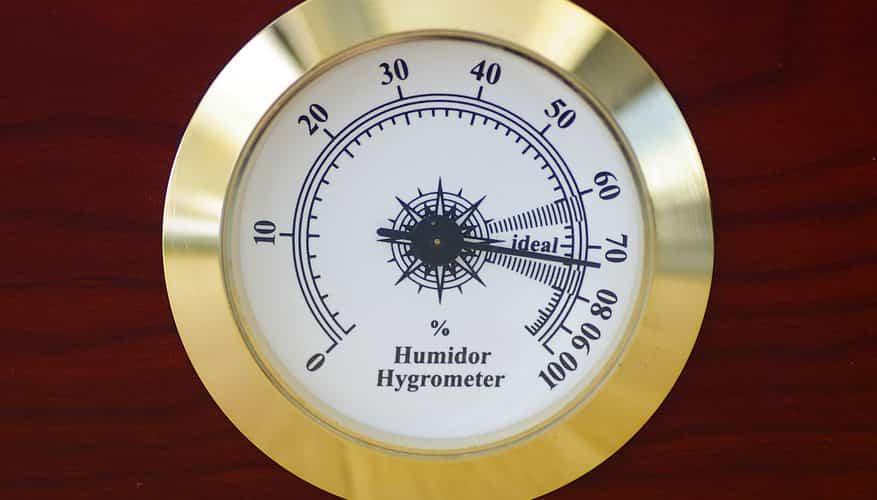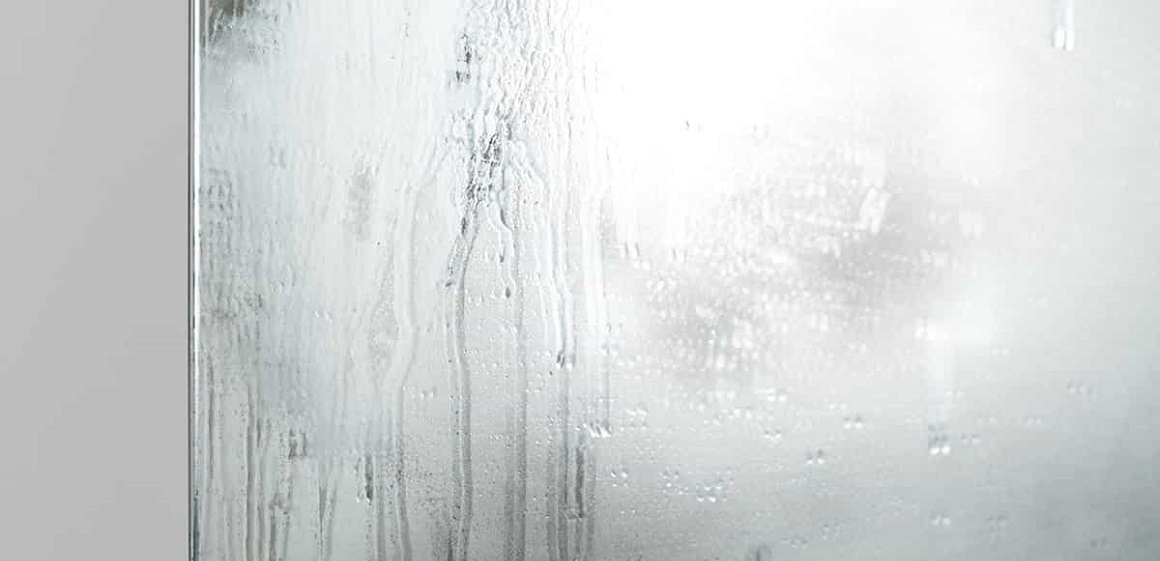How to use a Humidifier Safely
Humidifiders are a popularly used when growing indoors, to increase the humidity levels to ideal ranges that are needed for cannabis plant to thrive. While we recommend purchasing a humidifier -there are a number of factors to consider, and mistakes to avoid - otherwise your humidfier could actually cause harm to your marijuana plants.
Like with any growing technology, there are common mistakes people commit that we want to help you avoid. Before anything, you'll want to read the manufacturer's handbook to learn how to properly use the unit itself. However, more than that, you still want to develop good habits to ensure you and your plant are getting the best results from your purchase. This is a guide to some mistakes you want to avoid when using a humidifier.
1. Not paying attention to the humidity levels.
As we know, humidity is the measurement of moisture in air. Marijuana plants, much like all plants, need a certain level of humidity to be maintained to ensure their proper development and good health. The humidity level of your plant's growing space can have an adverse effect if these levels go unchecked. It's important to achieve the most effective level of humidity for your specific strain of plant. Otherwise, you want to avoid letting your humidifier go unchecked for too long. Many unit's come with a pre-installed humidistat so you should be able to watch the relative humidity periodically. However, for a more accurate reading of the humidity levels, you can buy a hygrometer. You can place a hygrometer in strategic parts of the room, if you'd like to take into account the space between your tent and the humidifier.
2. Too much humidity
Along with being cognizant of the humidity levels in your grow room, you want to ensure the you are not over humidifying the air around your plants. Again, this is taken care of by conceiving a humidity schedule for the various stages in your plant's life. The effect of too much humidity in the air can be more harmful than if there is too little, if left unchecked. The most obvious reason being that too much humidity can cause mold to grow on the plant. Mold seriously compromises the plant's life and can even ruin an entire crop. Once you see mold, the affected plant must be disposed and the rest of the crop is at risk from airborne spores. Overly humid grow spaces can make exasborate the presence of dust mites and other allergens. It's important to remember the quality of air your plant breathes is just as important to it as it is to you.
3. Not cleaning out your humidifier
It's easy to forget to clean your humidifier. A lot of the time, people might purchase the unit and let it run for the span of their time having it. We want to avoid taking all precautions to ensure their is clean air around your plant while neglecting to clean the humidifier itself. Afterall, the humidifier is where the humidity originates. If the humidifier is not clean, you're already fighting an uphill battle. You should keep a tight cleaning schedule as per the specifications of the manufacturer's guidelines. Otherwise, the humidifier can grow mold, mildew and bacteria that spills into the air and puts your plant's health at risk.
4. Using unfiltered water
Room humidifiers work by breaking up the particles in water. This process breaks up and disturbs minerals in the water. When this happens, a dust material, made up of broken minerals, will be sifted into the room and tank. This is why it's important to keep a reservoir of filtered water so that you may use it for your humidifier and watering your plants. Built up mineral deposits in your humidifier tank can cause bacteria to grow in the tank and again spill out into the air. The manufacturer will often prescribe using distilled, demineralized, or purified water. Demineralized water can be bought at a store or, if you prefer, can be run through a reverse osmosis system. Although, you don't have to dish out too much money to achieve this effect. Some growers suggest buying household water filters, and keeping a few containers full on reserve. This way, you have an abundant amount for watering and for your humidifier.
5. Allowing still water to sit in your unit
Like forgetting to clean your humidifier, you also want to avoid letting still water sit in the unit for too long. Water tends to go stale and can be an effective breeding ground for mold mildew, and even some insects. However, we hope you change out your water before any of that happens. You should make a habit of emptying out the water and cleaning the tank whenever the unit is not in use. We recommend doing this a few times a week but it's up to your discretion. We understand constantly turning-over your purified water can be a hassle. The unit manufacturer will have cleaning instructions. We recommend using hydrogen peroxide or diluted bleach as an agent to wipe down the tank with at least once a week. Make sure to rinse the container thoroughly after cleaning to avoid tainting your next batch of water with harmful chemicals. If you do notice algae or other bacteria building up in the tank, use a special water treatment to clean it out. Again, all the instructions for cleaning and maintaining your humidifier can be found in the owner's guide.
Keeping good quality air around your plant is important for its health and development. At the end of they day, all the effort you put into properly growing your plant is going to show when the harvest day come. No one nails it the first time, and even the professionals learn something new every harvest. Keeping a humidifier is a great way to give your pants the environment they need to survive, especially if you live in a naturally dry area. We hope this article has been informative and provided valid reasoning for you to use a humidifier.


How to use a Humidifier Safely Discussions and Comments
Have something to say about this? Use the area below to discuss with the community!